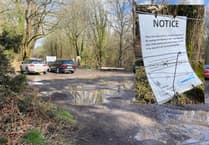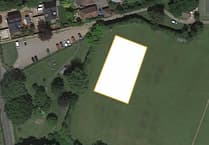A waterworks in the heart of the South Downs National Park was one of the worst in Hampshire for sewage spills last year according to alarming annual data – with a near 700 per cent increase in storm discharges in 12 months.
Data for the Rother Western catchment area shows there were 127 storm overflows from Buriton Wastewater Treatment Works (WWTW) in 2023 compared to just 16 the year before.
That’s a 693 per cent rise, while the number of storm overflows across the river’s 16 WWTWs rose by 56 per cent from 632 to 989 over the same period.
It’s a similar picture for the Wey catchment area, which includes stations in Selborne, Bordon and Alton, with discharges rising by 60 per cent from 586 to 939 over the period.
The Buriton station, nestled in a secluded valley behind North Lane, easily has worst record locally with Liss (83), Rogate (60) and Petersfield (54) sites also feeding treated water into the Rother basin. South Harting had 111 but feeds into the Wey basin.
The figures are part of Environment Agency data which revealed that 2023 was the worst on record for storm overflows, with discharges more than doubling nationally.
Storm overflows usually take place during or after periods of heavy or persistent rainfall. Most excess water will sit in a storm tank before being gradually released into the system, but when it’s full it will overflow into the environment.
Southern Water is pumping £7.8 billion into a host of schemes to capture excess water, with a new pipeline planned from the Buriton to Petersfield WWTWs to ease the pressure at the latter. Treatment works in Petersfield, Rogate and South Harting are also being upgraded as part of a multi-million bid to reduce the practice and clean up our local rivers.




